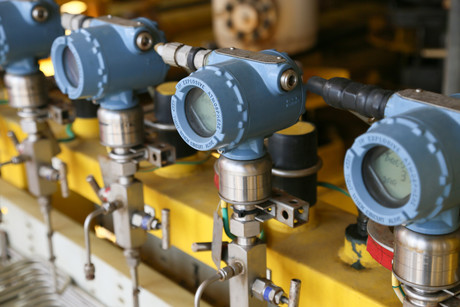Industrial Ethernet is now bigger than fieldbus

Industrial Ethernet has overtaken traditional fieldbus technologies in terms of new installed nodes in factory automation. This is the main finding in HMS Industrial Networks’ annual study of the industrial network market. Industrial Ethernet now accounts for 52% of new installed nodes (46% last year), while fieldbuses are on 42% (48% previously). EtherNet/IP is now the most widely installed network at 15%, followed by Profinet and Profibus, both at 12%. Wireless technologies are also coming on strong with 6% market share.
HMS Industrial Networks’ annual analysis of the industrial network market focuses on new installed nodes within factory automation globally.
Industrial Ethernet — growth powered by IIoT
Industrial Ethernet has been growing faster than traditional fieldbuses for a number of years and has now overtaken fieldbuses. With a growth rate of 22%, Industrial Ethernet now makes up for 52% of the global market compared to 46% last year. EtherNet/IP has emerged as the largest network with 15% of the market. Ethernet runners-up globally are Profinet, EtherCAT, Modbus TCP and Ethernet POWERLINK.
“We have seen the transition to Industrial Ethernet for a long time, but it isn’t until now that it has actually overtaken fieldbuses when it comes to number of new installed nodes,” said Anders Hansson, chief marketing officer at HMS. “The transition to Industrial Ethernet is driven by the need for high performance, integration between factory installations and IT/IoT systems, as well as the Industrial Internet of Things in general.”
Fieldbuses still fighting, but expected to decline
Boosted by a strong industry and cybersecurity concerns, fieldbuses are still growing slightly. However, despite an increased growth rate at 6% (4% last year), the number of fieldbus installations is expected to decline steadily over the next few years. The dominant fieldbus is still Profibus with 12% of the total world market, followed by Modbus RTU and CC-Link, both at 6%.

Wireless is redefining the network picture
Wireless technologies are also growing by 32% and account for 6% of the total market. WLAN is the most popular technology, followed by Bluetooth. “Wireless is increasingly being used by machine builders and system integrators to realise innovative automation architectures,” said Hansson. “Users can reduce cabling and create new solutions for connectivity and control, including bring your own device (BYOD) solutions via tablets or smartphones.”
Regional network variations
In Europe and the Middle East, Profinet and EtherNet/IP are leading and Profibus is still widely used. Other popular networks are EtherCAT, Modbus TCP and Ethernet POWERLINK. The US market is dominated by the CIP networks, with a clear movement towards EtherNet/IP. In Asia, no network stands out as truly market-leading, but Profinet, EtherNet/IP, Profibus, EtherCAT, Modbus and CC-Link are widely used, with the Ethernet version CC-Link IE Field also gaining traction.

Looking back at five years of industrial network growth
A special feature in this year’s study is that HMS is looking back on five years of steady industrial network growth. HMS concludes that during 2017, Industrial Ethernet finally passed fieldbuses in terms of market share.
“Nevertheless, our study confirms that the network market remains fragmented — users continue to ask for connectivity to a wide variety of networks, depending on application,” said Hansson. Looking ahead, it is clear that industrial devices will become increasingly connected, boosted by the Industrial Internet of Things and Industry 4.0.”
OPC Foundation releases 'Secure by Demand' document
The OPC Foundation has released guidance for operational technology owners and operators when...
Over-the-air vulnerabilities discovered in Advantech EKI access points
Analysis of three models of Advantech EKI-6333AC industrial wireless access points have...
Westermo achieves IEC 62443-4-1 certification
The IEC 62443-4-1 standard focuses on secure product development lifecycle requirements, ensuring...








